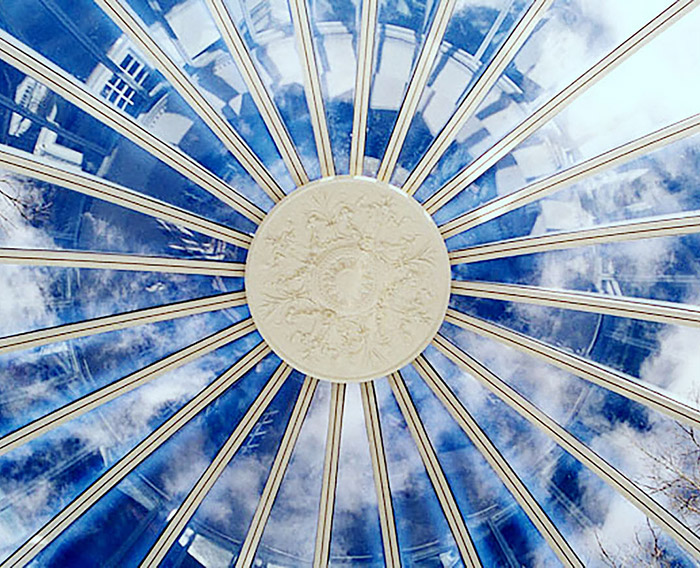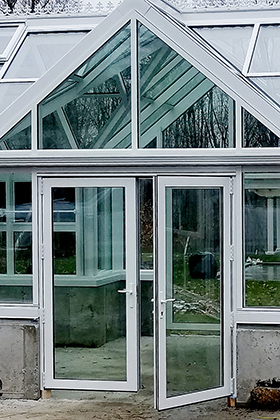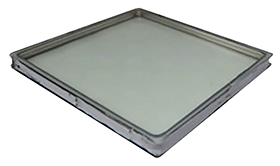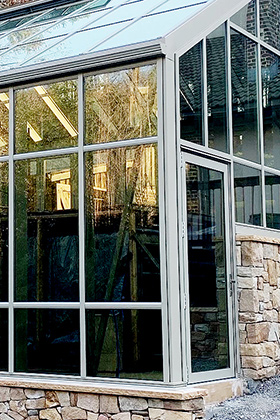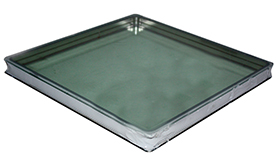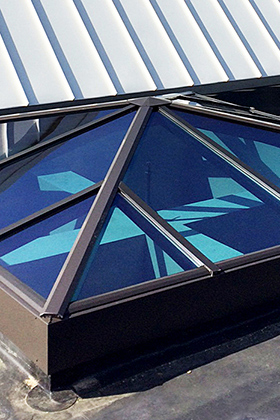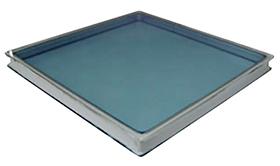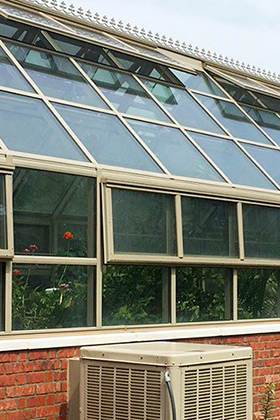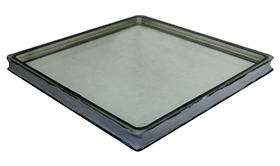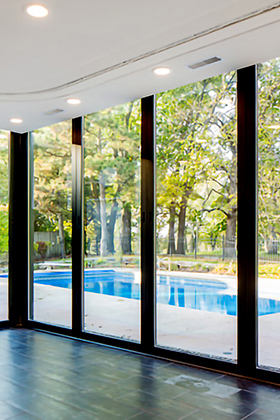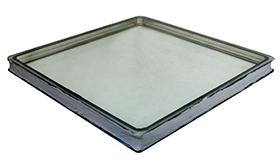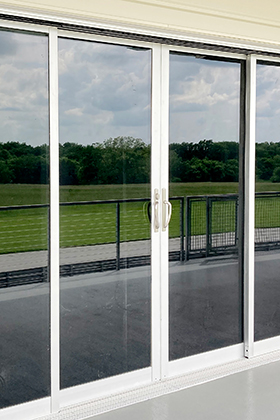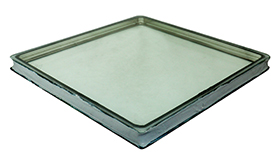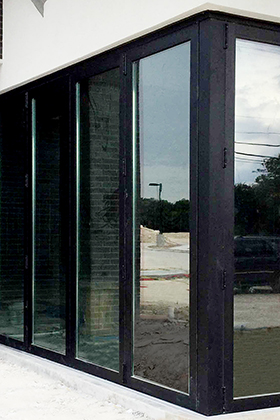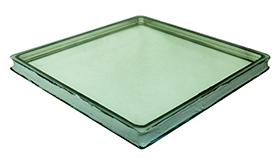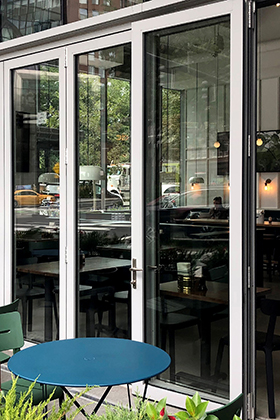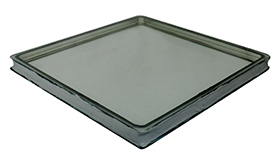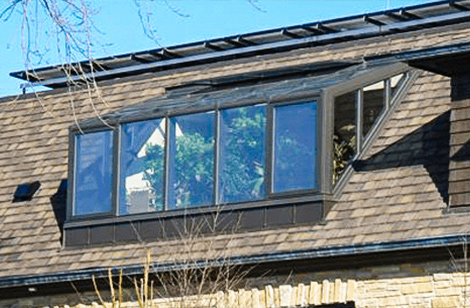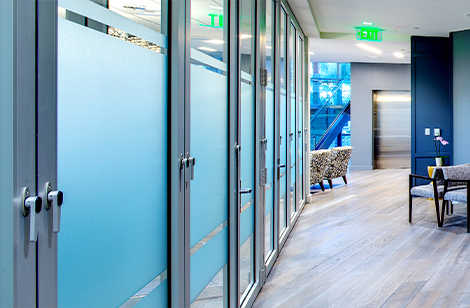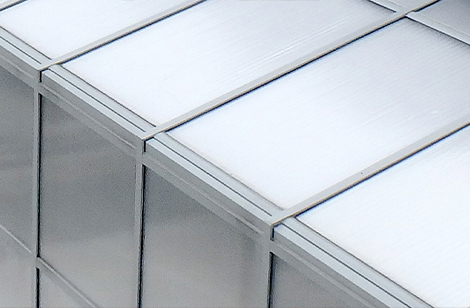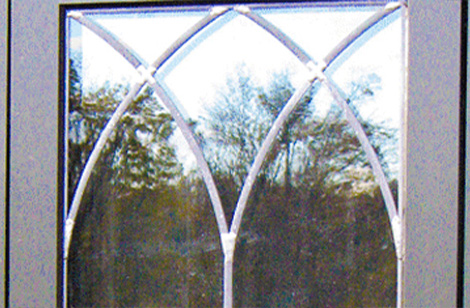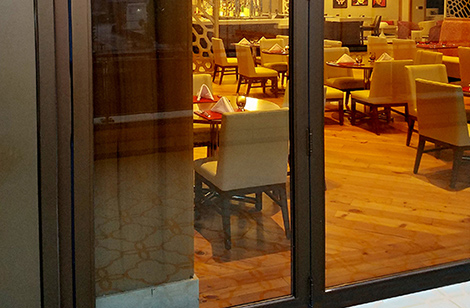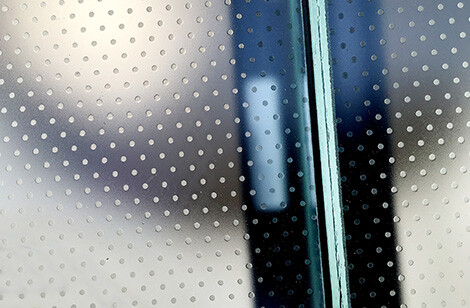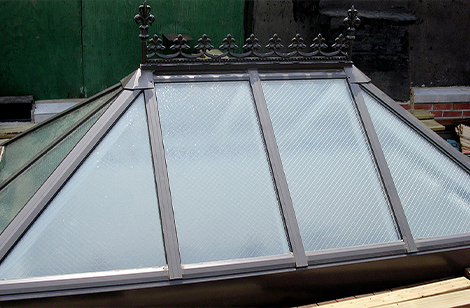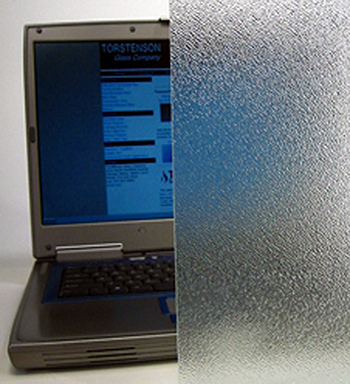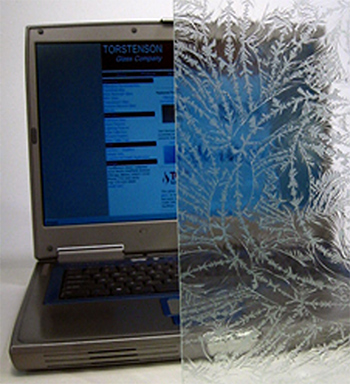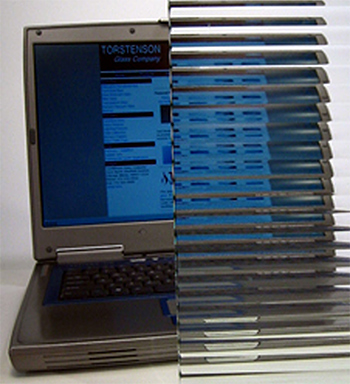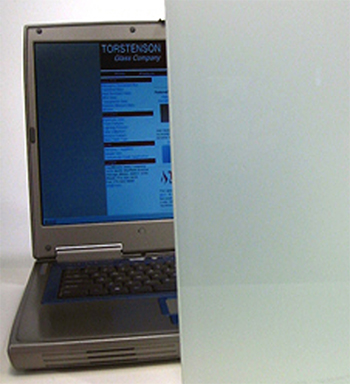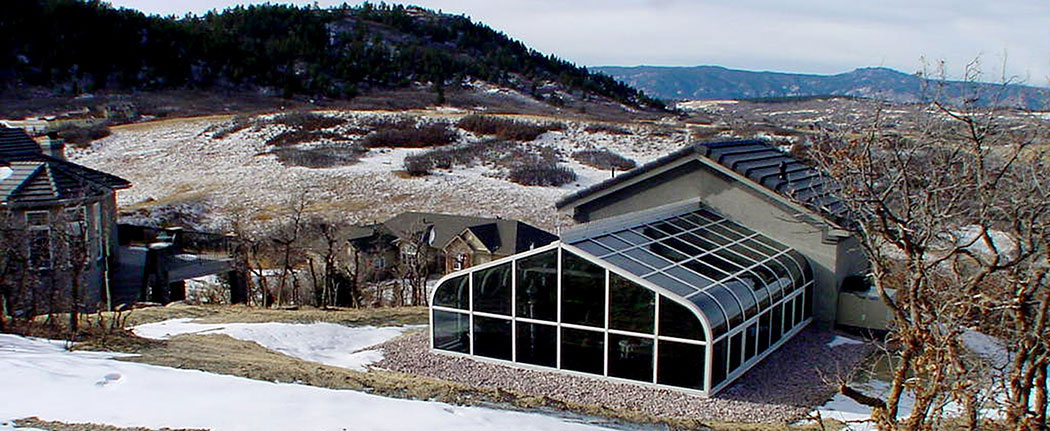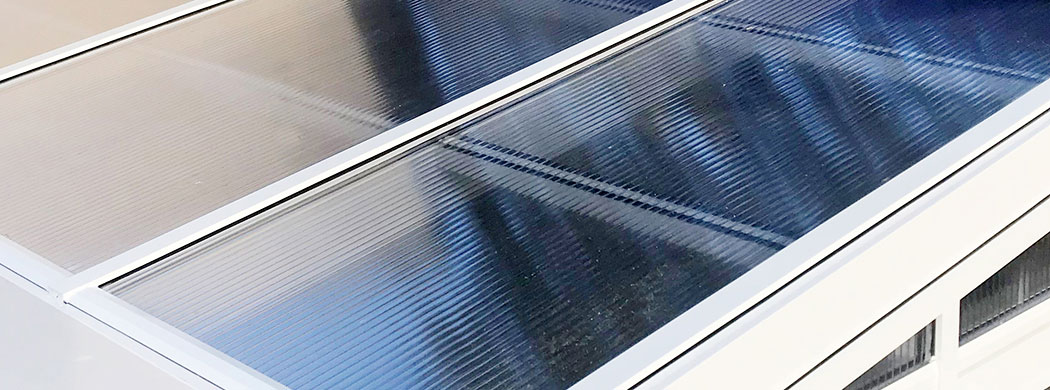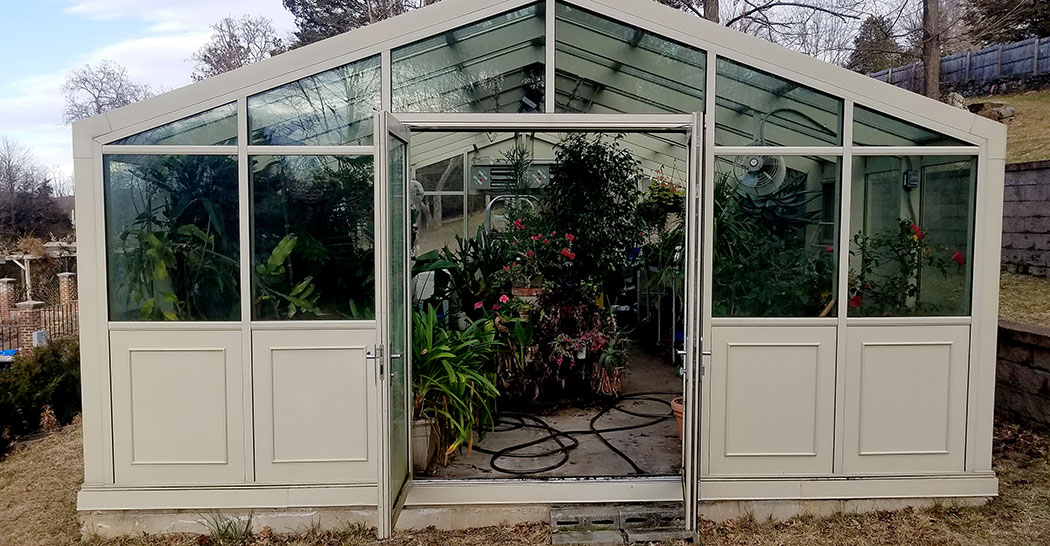With thousands of glazing options on the market, it can be difficult to choose the right type. The Solar Innovations® team will assist you in navigating through those options and recommend the appropriate glazing for each application. Units can include single-, double-, or triple-pane glass. Single, or monolithic glass, is not insulated, therefore it is only recommended for interior applications. Double- and triple-pane glass are considered insulated glazing, and are generally used in all new exterior applications. For increased insulation, argon or krypton gas can be added to any insulated glass system. Low emissivity (Low-E) glass, the most popular choice, will reduce light transmission and solar heat gain, making the space more comfortable for people. However, when growing plants is a room’s main function, clear glass is the most beneficial option, allowing the most nourishment to emanate the room.
For applications with safety requirements, Solar Innovations® offers two choices — tempered and laminated glass. Tempered glass is heat strengthened and is less prone to breaking than traditional glass. When tempered glass does break, it shatters into small squares, rather than breaking into sharp, jagged pieces, then collapses. Laminated glass is used in ceilings or other potential impact areas and contains a clear film inner layer. Upon impact, laminated glass will break into a spiral, but it will not fall out of the frame; laminated glass also removes 99% of all harmful UV rays.
Cardinal Glass Industries manufactures a variety of superior glass products and is a great source for additional information: www.cardinalcorp.com.


